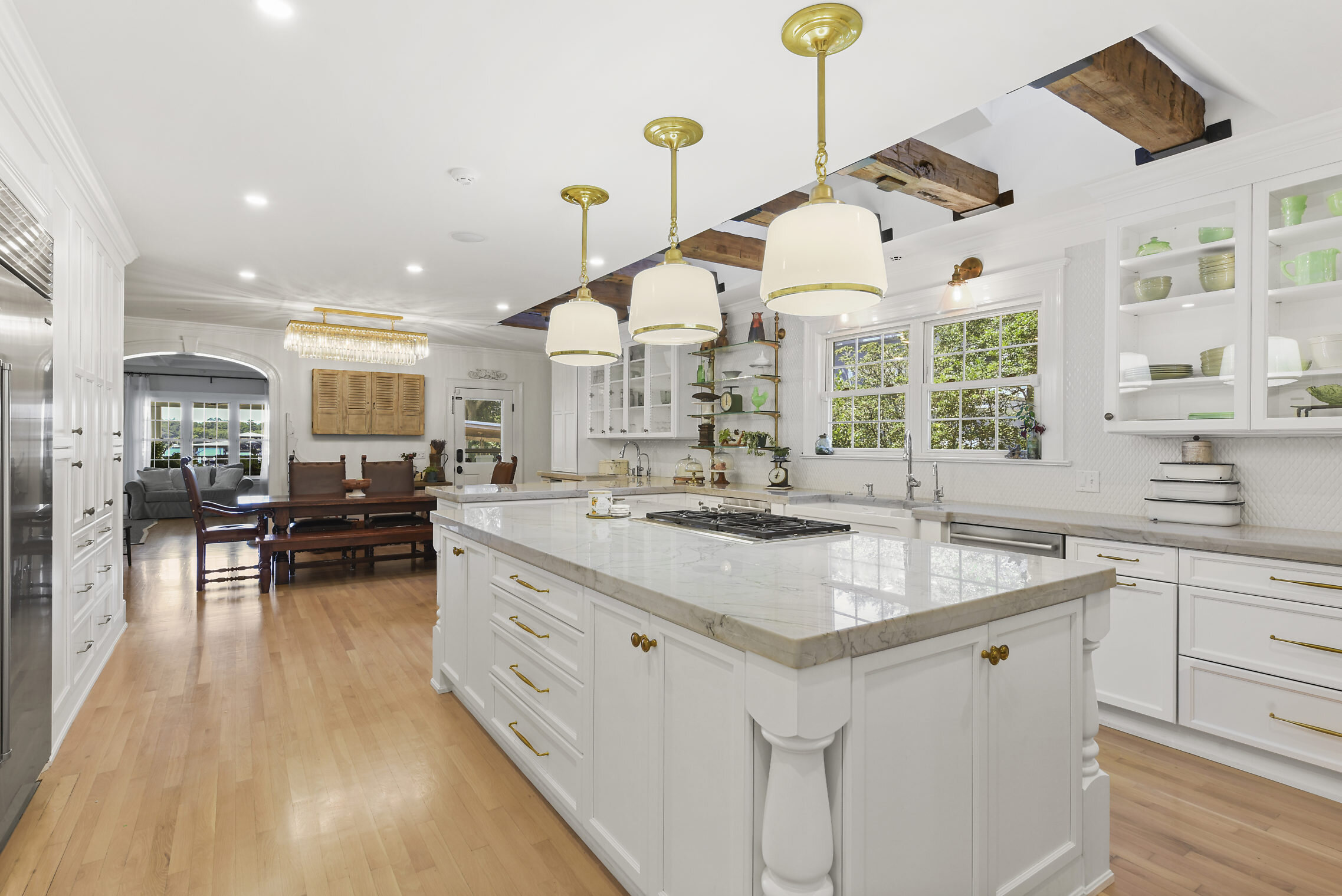
Architect, Designer or Draftsman?
We work with the top architects, designers and drafters in Northeast Florida. We can recommend a number of professionals to collaborate with you on your project. Depending on your project, an architect, designer or drafter might be the best choice for capturing your ideas and turning them into drawings that can be used by builders. The following table describes the basic skill set of each discipline and when it may be best used.
Architect
The architect is a licensed professional who understands how a building should be built. Architects have knowledge about the structural requirements necessary to prevent your home from toppling over. They understand all issues related to safety, as spelled out by the building codes to which their design for your home needs to conform. Licensed professional, often with an advanced degree, who has undergone an internship and rigorous testing to meet strict licensing standards. Legally responsible for all work.
Depending on specialty, may have experience in a variety of areas from historical preservation to structural engineering. Continuing education is required by many states to maintain licensing.
Experience of Scope and Responsibility
Licensed professional, often with an advanced degree, who has undergone an internship and rigorous testing to meet strict licensing standards. Legally responsible for all work. Depending on specialty, may have experience in a variety of areas from historical preservation to structural engineering. Continuing education is required by many states to maintain licensing.
Best Use
Hire an architect for all work that requires building permits and inspections. Often, city and county building codes require an architect´s approval. Check with your building department to verify. Some homeowner associations may require additions and remodeling projects to be signed off by a registered architect. The homeowner association’s architectural committee can provide specific guidelines for working within association covenants.
Designer
Captures your vision and renders your design.Think of home designers as visual artists. They understand all space and functional issues you may bring up about your current and future home. They can also draft plans and elevations to describe layouts and form. Home designers’ strengths lie in design, function and decoration, and they are well versed in the wide variety of materials that can be used in your finishes.
Experience of Scope and Responsibility
Able to visualize concepts and render usable working documents.
Proficient in various design techniques such as CAD drafting, including plans, details, sections, and layouts, with a background in working with architects and project managers. May have additional experience in construction as well as materials and standards research, depending on education and background.Education may include formal CAD training and design coursework, but is not necessarily required. Licensing is not required.
Best Use
A designer is trained to take your concept and create a workable vision. He or she can coordinate materials and color to the best effect, as well as define space usage. Designers can create elevations and floor plans that embody functional and aesthetic goals.
Draftsman
Provides working technical drawings for craftsmen and contractors.
Experience of Scope and Responsibility
Proficient at architectural drawings of buildings and details using CAD applications. May specialize by type of structure and material used. Knowledgeable of materials and design standards. May have formal training or coursework. Licensing is not required.
Best Use
A draftsman can create the kinds of technical drawings required by a custom cabinet maker, for example. For small or medium projects where drawings are needed, a draftsman provides technical detail, but does not provide a lot of design or engineering. A draftsman can provide contractors with a clear set of working instructions.



